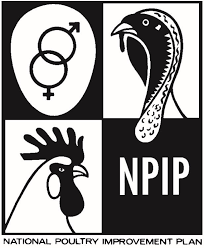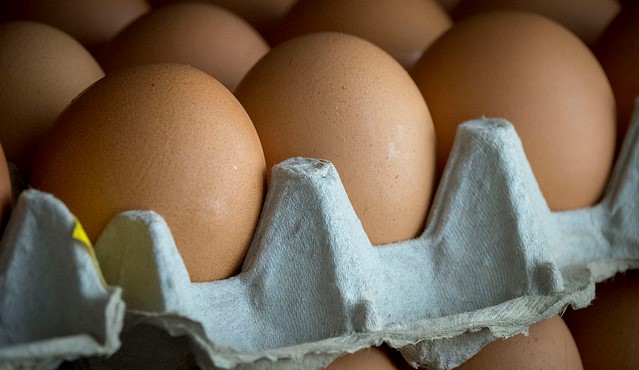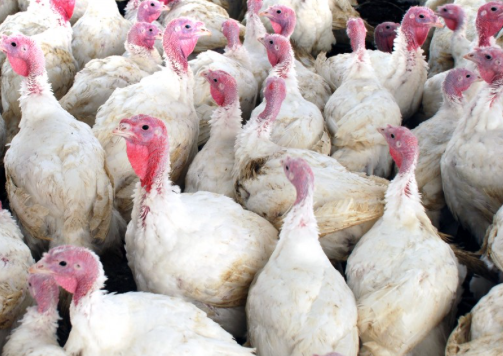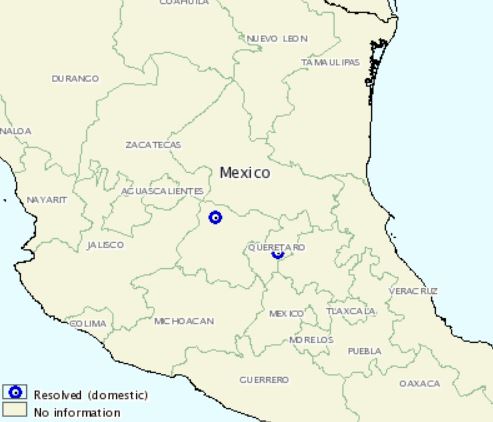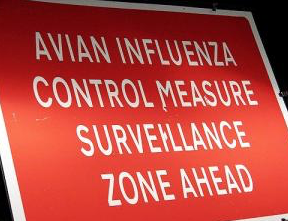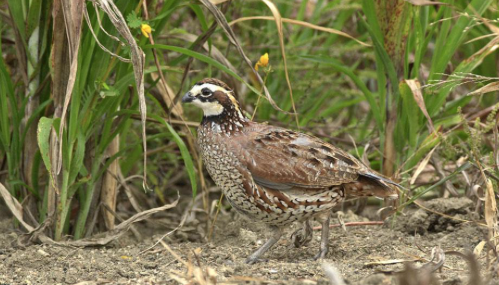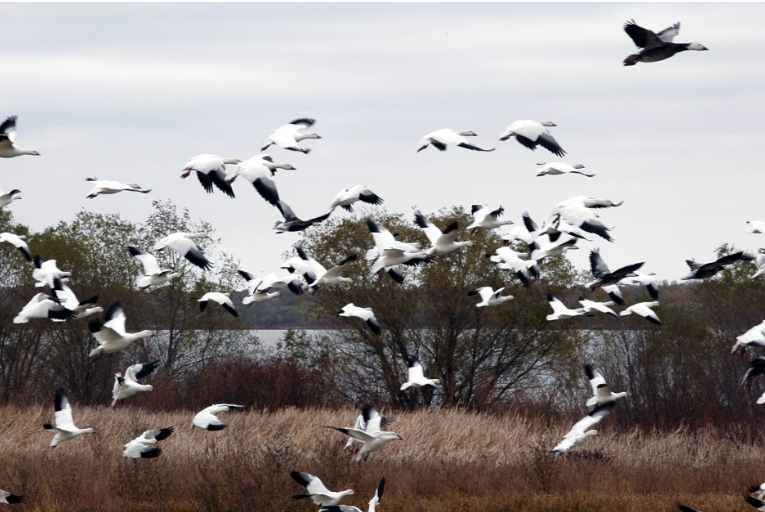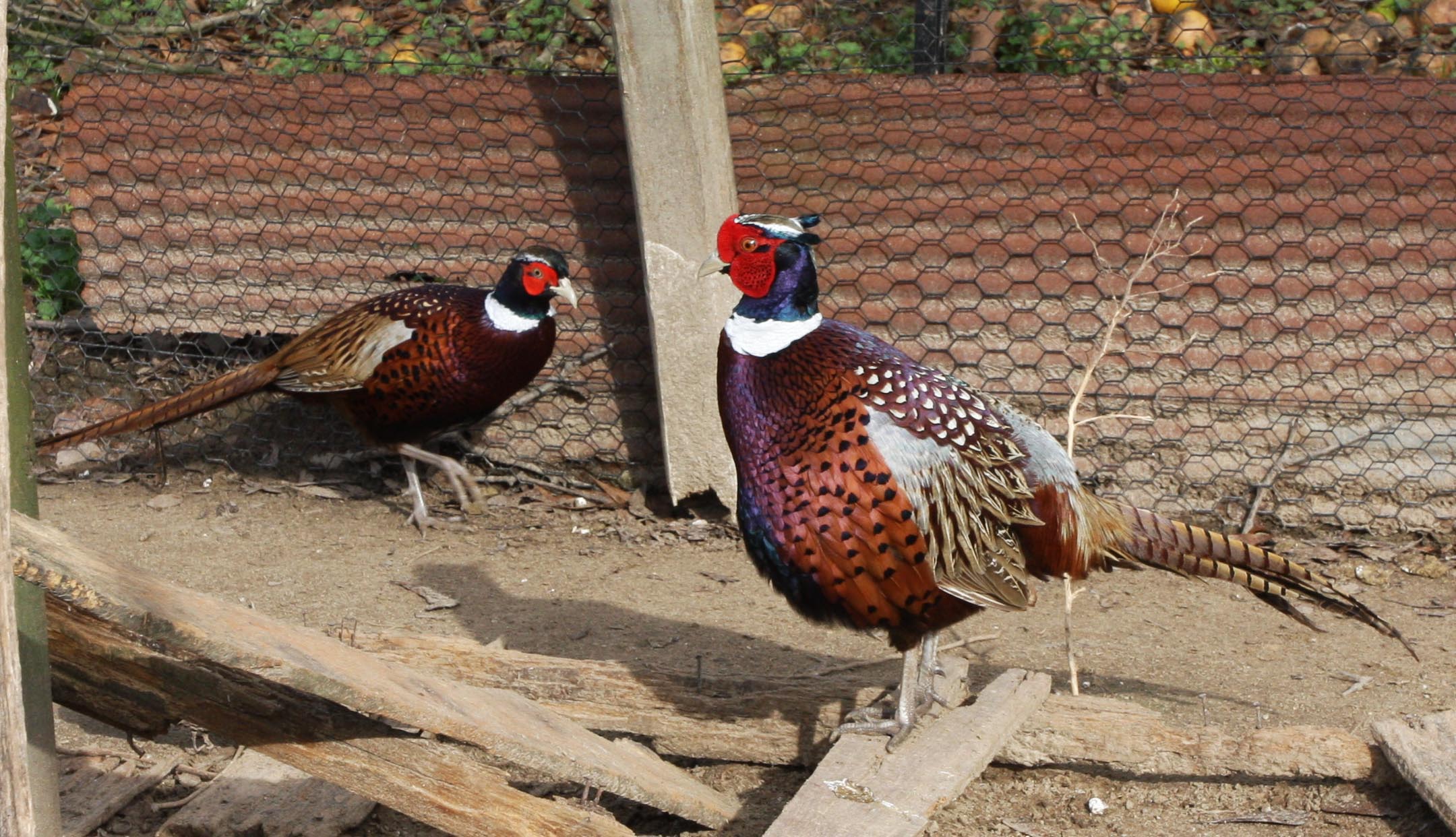USDA Updates National Poultry Improvement Plan Program Standards
The U.S. Department of Agriculture’s Animal Plant and Health Inspection Service (APHIS) is updating the National Poultry Improvement Plan (NPIP) Program Standards to finalize provisions for compartmentalization of primary breeding poultry establishments to protect against disease. Compartmentalization is defining a specific group of animals that are maintained under strict biosecurity and health standards, and therefore have a … Continued

